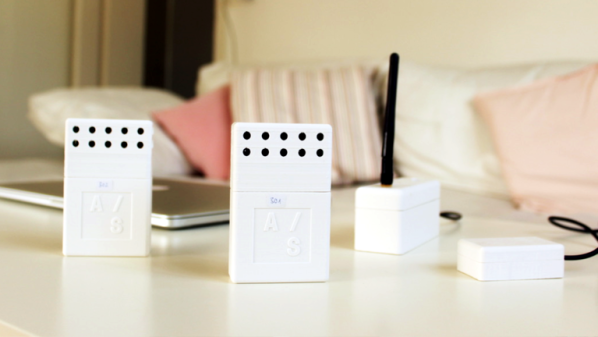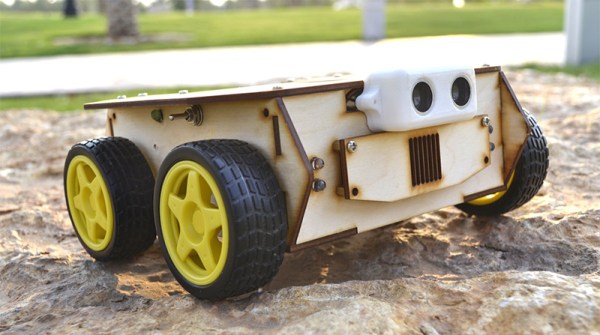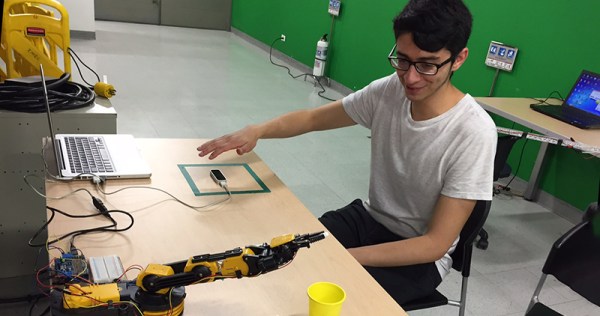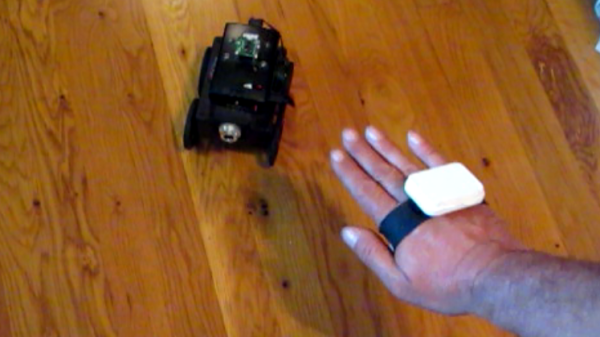Sensor network projects often focus primarily on electronic design elements, such as architecture and wireless transmission methods for sensors and gateways. Equally important, however, are physical and practical design elements such as installation, usability, and maintainability. The SENSEation project by [Mario Frei] is a sensor network intended for use indoors in a variety of buildings, and it showcases the deep importance of physical design elements in order to create hardware that is easy to install, easy to maintain, and effective. The project logs have an excellent overview of past versions and an analysis of what worked well, and where they fell short.
One example is the power supply for the sensor nodes. Past designs used wall adapters to provide constant and reliable power, but there are practical considerations around doing so. Not only do power adapters mean each sensor requires some amount of cable management, but one never really knows what one will find when installing a node somewhere in a building; a power outlet may not be nearby, or it may not have any unoccupied sockets. [Mario] found that installations could take up to 45 minutes per node as a result of these issues. The solution was to move to battery power for the sensor nodes. With careful power management, a node can operate for almost a year before needing a recharge, and removing any cable management or power adapter meant that installation time dropped to an average of only seven minutes.
That’s just one example of the practical issues discovered in the deployment of a sensor network in a real-world situation, and the positive impact of some thoughtful design changes in response. The GitHub repository for SENSEation has all the details needed to reproduce the modular design, so check it out.










 Tindie is a marketplace for makers to sell to other makers, hence a natural place for Hackaday.io projects to find an audience. (And many have found success doing so.) For Project to Product, two Hackaday Prize semifinalists will receive support from mentors to transition their hand crafted project into something that can be produced in quantity. In addition to engineering support, there’s also funding (above and beyond their prize winnings) towards their first production run. In exchange, Tindie asks for the first production run to be sold exclusively on Tindie marketplace.
Tindie is a marketplace for makers to sell to other makers, hence a natural place for Hackaday.io projects to find an audience. (And many have found success doing so.) For Project to Product, two Hackaday Prize semifinalists will receive support from mentors to transition their hand crafted project into something that can be produced in quantity. In addition to engineering support, there’s also funding (above and beyond their prize winnings) towards their first production run. In exchange, Tindie asks for the first production run to be sold exclusively on Tindie marketplace.










